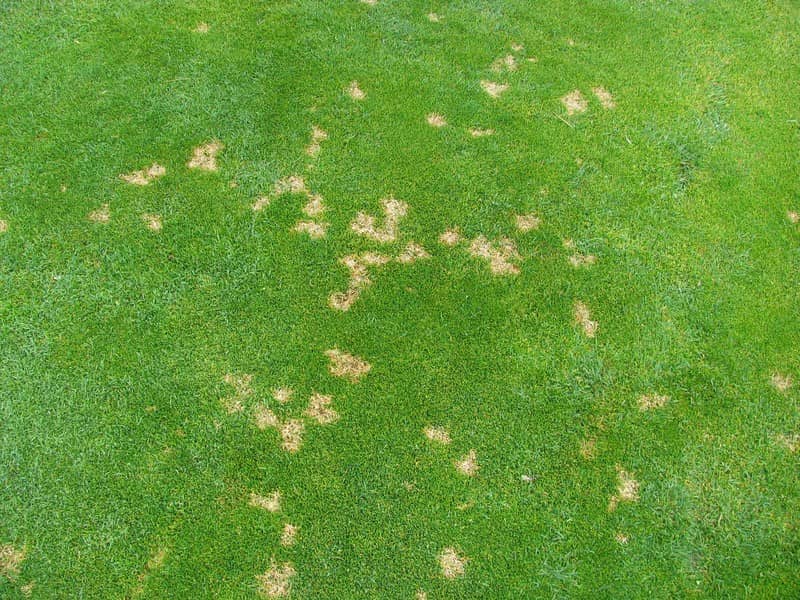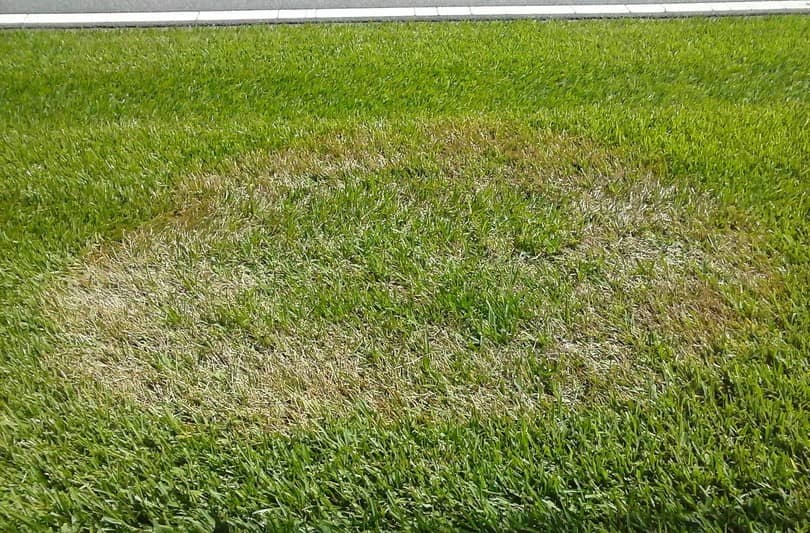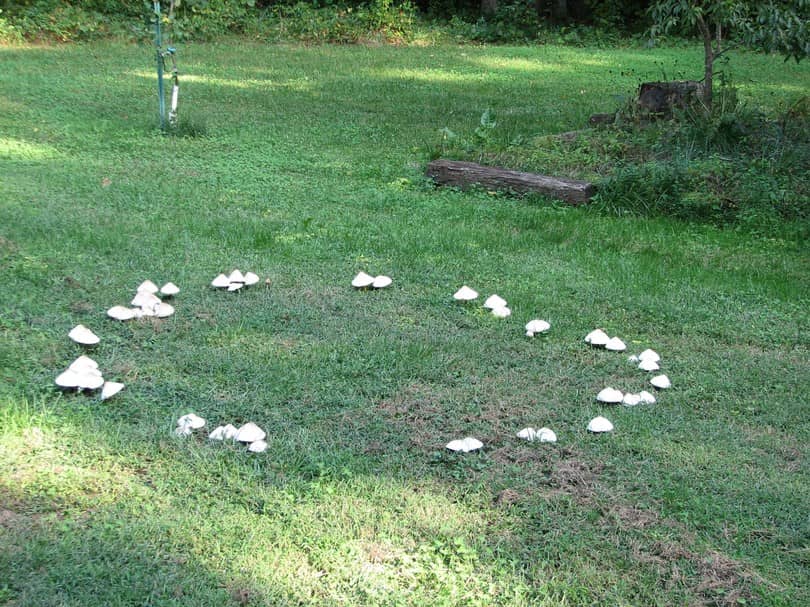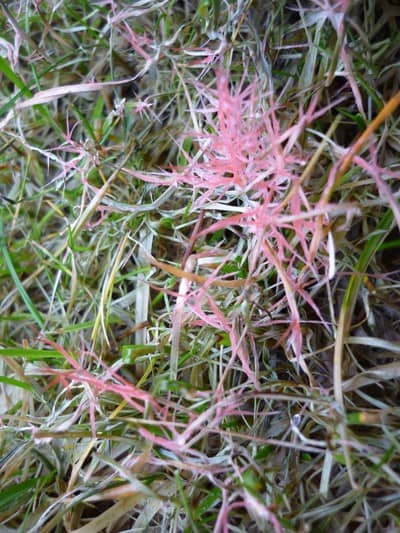Normally, lawns are not infected easily. But in some cases, when humidity or heat are at the unfavorable level, the outbreak of diseases may occur. Nevertheless, if you still take care of your lawn properly, then it will recover quickly. There are more than a dozen lawn diseases. Depending on your regional weather, you may have to encounter different types of them. In this article, we would like to list the most common types of lawn disease, as well as the ways to get rid of them.
5 Common Lawn Diseases
Here are 5 common lawn diseases and way to treat them.
1. Dollar Spot

On a green lawn, if you see the straw-colored spots of grass with the size of a silver dollar, then it may be the Dollar Spot disease. It’s quite easy to recognize the symptom of Dollar Spot, as it has the specific and clear color and size.
Dollar Spot is actually caused by fungi. When the temperature reaches 60 – 85 degree F and the humidity level is high, but the soil moisture is low, then it is the perfect condition for Dollar Spot. Or in a rainy region, if there is a thick layer of thatch on your lawn, it will be the chance for Dollar Spot to develop.
To prevent a lawn from Dollar Spot, you should keep your lawn in an equal condition, which is adequately fertilized and watered. If Dollar Spot already occurred on your lawn, then a simple fungicide treatment will be helpful. Meanwhile, try to reduce elements, which could increase the humidity level, such as a thick layer of thatch. Besides that, please remember to water properly to ensure the soil moisture. Once you see those spots, treat them immediately to prevent them from spreading out.
2. Brown Patch

On a green lawn, you can see the brown patch literally. It does not have a specific shape like Dollar Spot, but for the typical type of brown patch, it has a huge ring on the lawn. Once Brown Patch occurs in your lawn, you would wish it never happened because it can spread widely with the highest speed.
Like Dollar Spots, Brown Patch is developed thanks to high humidity condition when the temperature reaches 80 – 90 degree F. It also means that Brown Patch is caused by fungi too.
To treat this disease, you can improve your drainage system to avoid as much wasted water as possible. Remove a thick layer of thatch if you have it in your lawn. When the rain slows down, brown spots could be minimized automatically. In case of your needs, you can use fungicide to accelerate the treatment.
3. Fairy Ring

Fairy Ring appears as a large complete or incomplete circle of mushroom. Normally, this circle has 30 feet in diameter or even more. Fairy Rings are divided into three types: mushrooms with dying grass (darker green), mushrooms with darkened green grass, and only mushrooms.
Until now, the favorable conditions of Fairy Ring are still myths. I believe that the lack of water and nutrients may be the cause of this disease. Some homeowners said that Fairy Rings grow at the same spots every year.
Treating Fairy Rings is difficult. To eliminate them permanently, you have to dig it out, remove all the soil to a depth of one foot. After that, add new soil and reseed the area. Only reseeding could ensure that Fairy Rings would not come back next year.
4. Pythium blight
Dark-green or purple water-soaked leaves are signs of Pythium Blight. The infected area is created by many spots, and each spot has a range from ½ inch to 8 inches. Besides that, you may notice the cotton candy-like area, which was grown around the spots.
This disease develops in warm and wet weather. When humidity prolongs for long periods, it creates a perfect condition for fungal disease to grow. In some case, when wet conditions occur more than 12 hours, and the temperature exceeds 82 degree F at day and 68 degree F at night, Pythium Blight can develop too.
You can easily treat this disease with fungicides. After using fungicides, make sure that you have totally removed the infected area in order to prevent the active Pythium Blight from spreading to nearby healthy areas of lawn.
5. Red thread

Just like its name, you will find red or pink webbing or thread on the infected lawn. Though we call it “disease”, most of the time Red Thread helps to inform us that it’s time for fertilizing, as one of the factors that cause Red Thread is a lack of nitrogen.
Red Threat develops well at the temperature of 68 and 75 degree F, when the level of nitrogen in the soil is low and the humidity in the air is high.
Therefore, to control Red Thread, you can use chemical fungicides. However, as we said above, a lack of nitrogen could be the main cause. As the result, you should fertilize your lawn first with an adequate amount of nitrogen, then water deeply and maintain the pH level at 6.5 – 7. You will see Red Thread disappear slowly.
Conclusion

Lawn diseases are not too dangerous to your lawn. Once you perform the lawn care practices properly, such as mowing with your lawn mower, watering, fertilizing, according to your regional weather, you can prevent lawn diseases from occurring and invading. I hope that this article can help you to identify common lawn diseases and take the right actions on time before any of them can harm your lovely garden.
Last Updated on


Reply